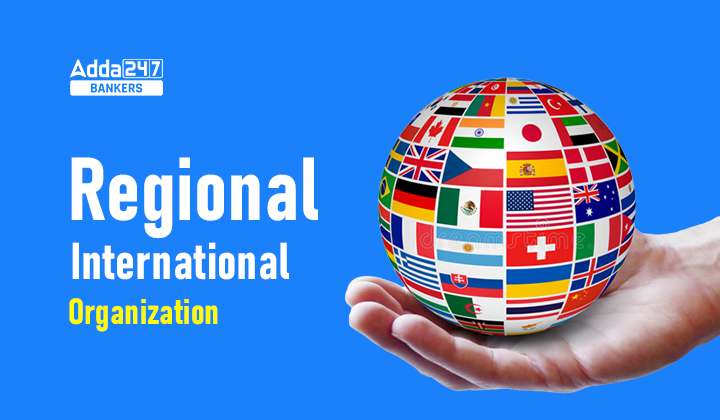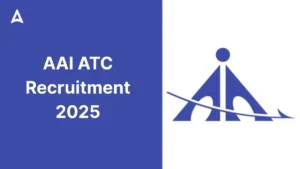Target 30+ is series of static awareness in context of current affairs. This will support your preparation along with the power capsule provided by our team. In this article we are discussing about Regional International Organisation
Bay of Bengal Initiative for Multi-Sectoral Technical and Economic Cooperation (BIMSTEC)
Chair of BIMSTEC– Thailand(2022-2023)
Theme of Thailand’s chairmanship– Prosperous, Resilient and Robust, Open
BIMSTEC Secretary General– Tenzin Lekphell
Members of BIMSTEC– Bangladesh, Bhutan, India, Nepal, Sri Lanka, Myanmar, and Thailand.
Headquarters– Dhaka, Bangladesh
Founding date: 6 June 1997
BIMSTEC is a regional organization comprising seven Member States lying in the littoral and adjacent areas of the Bay of Bengal constituting a contiguous regional unity.
BIMSTEC was initially formed with 4 member states, Bangladesh, India, Sri Lanka, and Thailand, with the acronym of BIST-EC(Bangladesh, India, Sri Lanka, and Thailand Economic Cooperation).
In 1997, Myanmar was included in the economic bloc and the group was renamed as “BIMSTEC. Following the inclusion of Nepal and Bhutan in February 2004, the group was renamed as “Bay of Bengal Initiative for Multi-Sectoral Technical and Economic Cooperation” BIMSTEC.
In 2014, the BIMSTEC Secretariat was established in Dhaka, Bangladesh.
BIMSTEC charter was adopted at the 5th BIMSTEC Summit hosted by the Democratic Socialist Republic of Sri Lanka in Colombo, Sri Lanka in March 2022.
BIMSTEC in 2022 celebrated the 25th Foundation day of BIMSTEC Day
BIMSTEC Secretariat released a publication titled “25 Years of BIMSTEC – Towards a Peaceful, Prosperous and Sustainable Bay of Bengal Region”.
South Asian Association for Regional Cooperation (SAARC)
It was established with the signing of the SAARC Charter in Dhaka on 8 December 1985.
7 founding countries—Bangladesh, Bhutan, India, Maldives, Nepal, Pakistan, and Sri Lanka—met for the first time in Colombo in April 1981.
Afghanistan became the newest member of SAARC at the 13th annual summit in 2005.
Headquarters and Secretariat: Kathmandu, Nepal
Secretary general: Esala Weerakoon
SAARC Specialized Bodies
SAARC Development Fund (SDF): Its primary objective is the funding of project-based collaboration in social sectors such as poverty alleviation, development, etc.
South Asian University: is an international university, located in India. Degrees and Certificates awarded by the SAU are at par with the respective Degrees and Certificates awarded by the National Universities/ Institutions.
South Asian Regional Standards Organization
South Asian Regional Standards Organization (SARSO) has its Secretariat in Dhaka, Bangladesh.
It was established to achieve and enhance coordination and cooperation among SAARC member states in the fields of standardization and conformity assessment and is aimed to develop harmonized standards for the region to facilitate intra-regional trade and to have access to the global market.
SAARC Arbitration Council
It is an inter-governmental body having its office in Pakistan is mandated to provide a legal framework/forum within the region for fair and efficient settlement of commercial, industrial, trade, banking, investment, and such other disputes, as may be referred to it by the member states and their people.
SCO- Shanghai Cooperation Organization
- Year of establishment: 2001, in force 2003
- No of Members: 8, China, India, Kazakhstan, Kyrgyzstan, Russia, Pakistan, Tajikistan, and Uzbekistan
- Headquarters: Beijing
- Head: Zhang Ming
- Other facts: In June 2017 Republic of India and the Islamic Republic of Pakistan got the membership
Structure:
- Heads of State Council – The supreme SCO body which decides its internal functioning and its interaction with other States & international organizations, and considers international issues.
- Heads of Government Council – Approves the budget, considers and decides upon issues related to economic spheres of interaction within SCO.
- Council of Ministers of Foreign Affairs – Considers issues related to day-to-day activities.
- Regional Anti-Terrorist Structure (RATS) – Established to combat terrorism, separatism and extremism.
BRICS: Brazil, Russia, India, China, and South Africa.
- Year of establishment: 2006
- No of Members: 5, Brazil, Russia, India, China, and South Africa.
- Headquarters: Shanghai
- Head:–
- Other facts:
- In 2011, with South Africa joining the group, the BRICS reached its final composition, incorporating a country from the African continent.
- New Development Bank: During the sixth BRICS Summit in Fortaleza (2014), the leaders signed the Agreement establishing the New Development Bank (NDB). Headquartered at Shanghai
AUKUS- Australia, United Kingdom, USA
- Year of establishment: 2021
- No of Members: Australia, United Kingdom, USA
- Headquarters:–
- Head:–
- Other facts:
-
- a new trilateral security partnership for the Indo-Pacific, between Australia, the UK and the US (AUKUS).
- As part of this initiative, Australia will acquire nuclear-powered submarines with help from the UK and the US.
I2U2
- Year of establishment: 2022
- No of Members: 4, India, Israel, USA, UAE
- Other facts:
- Announced by the USA
- I2U2 was initially formed in October 2021 following the Abraham Accords between Israel and the UAE, to deal with issues concerning maritime security, infrastructure, and transport in the region.
- At that time, it was called the ‘International Forum for Economic Cooperation’.
- That was referred to as the ‘West Asian Quad’.
- The first summit in July 2022
IPEF- Indo-Pacific Economic Framework for Prosperity
- Year of establishment: 2022
- No of Members: 13, India, Japan, USA, Indonesia, South Korea, Malaysia, New Zealand, Philippines, Singapore, Vietnam, Thailand, and Brunei
- Other facts: The IPEF has been touted as an economic pact that would not negotiate tariffs or market access. It primarily seeks integration with the participating countries on issues of trade, supply chains, clean energy, decarbonization, infrastructure, and tax and anti-corruption. It is likely to seek a collective approach to boosting regional trade cooperation, improving transparency, and managing crises such as the Covid-19 pandemic and future crises through the development of initiatives like the Coalition for Disaster Resilient Infrastructure.
NAM: Non-Aligned Movement
- Year of establishment: 1961
- No of Members: 120
- Other facts:
- The Non-Aligned Movement was formed during the Cold War as an organization of States that did not seek to formally align themselves with either the United States or the Soviet Union but sought to remain independent or neutral.
- The basic concept for the group originated in 1955 during discussions that took place at the Asia-Africa Bandung Conference held in Indonesia.
- The first NAM Summit Conference took place in Belgrade, Yugoslavia, in September 1961.
Write the answers to the following questions in the comment section
- Who is to organize the latest SAARC summit?
- How many priority sectors are there under Bimstec?



 GA Capsule for SBI Clerk Mains 2025, Dow...
GA Capsule for SBI Clerk Mains 2025, Dow...
 The Hindu Review October 2022: Download ...
The Hindu Review October 2022: Download ...
 AAI ATC Exam Date 2025 Out, 309 Junior E...
AAI ATC Exam Date 2025 Out, 309 Junior E...


